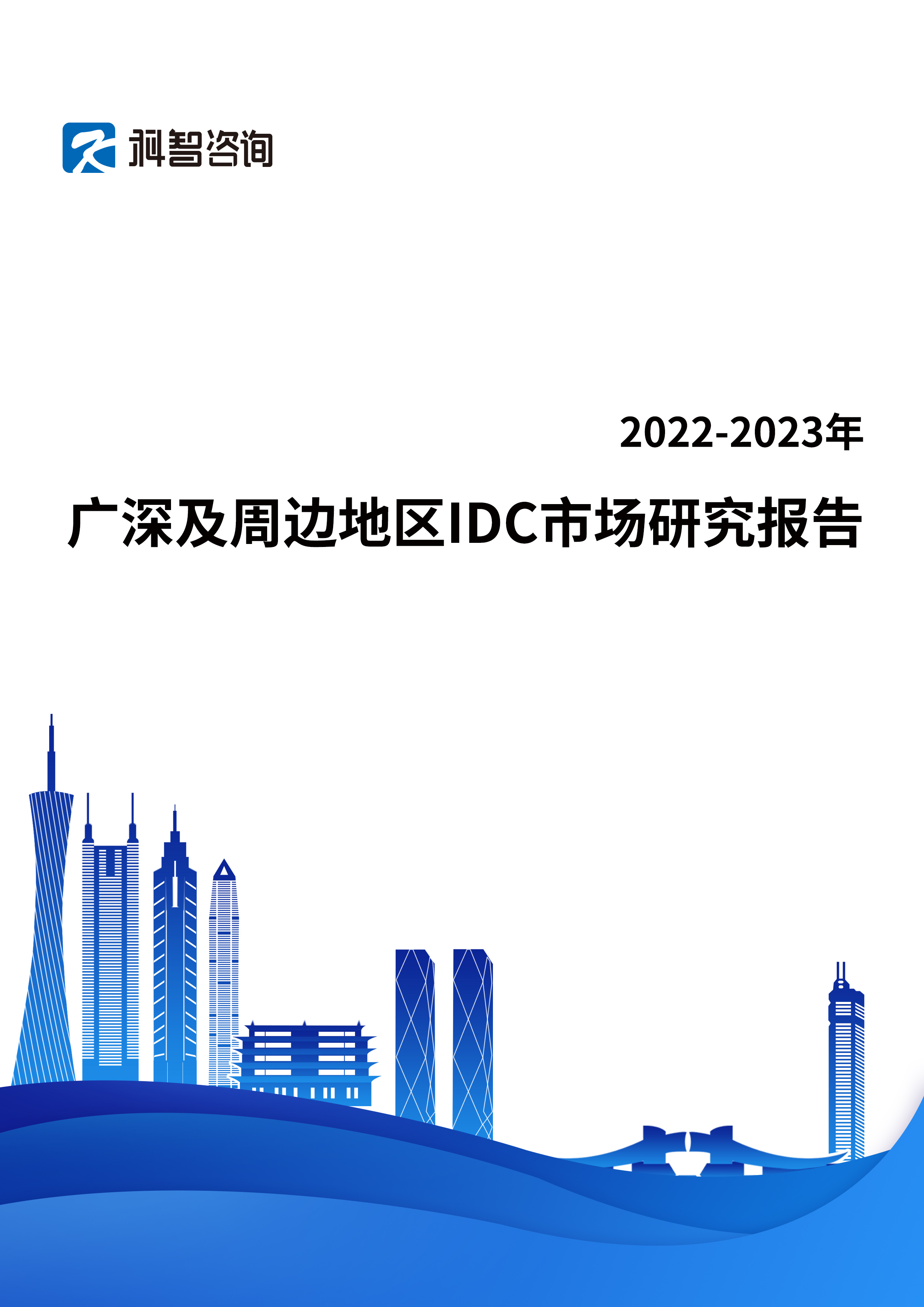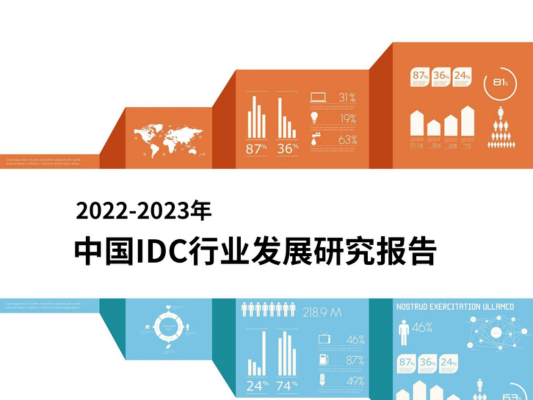Driven by rapid adoption of AI
Global data center power demand is projected to rise by 50 percent by 2027, according to a report from Goldman Sachs Research.
The projected growth will be driven primarily by the rapid adoption of artificial intelligence (AI) workloads, resulting in up to 92GW of installed global data center capacity. The report projects that by 2027, the leading AI system will likely have 576 GPUs in a filing-cabinet-size rack, requiring 600kW of power compared to the leading system in 2022, which fit only eight GPUs into each server.
Currently, global data centers consume approximately 55GW, with AI accounting for 14 percent, cloud computing for 54 percent, and traditional workloads for 32 percent. By 2027, the report suggests that this could change significantly, with AI surging to 27 percent, cloud declining to 50 percent, and traditional workloads falling to 23 percent.
The report goes on to estimate that in order to meet this demand, more than $720 billion in new utility infrastructure will be required worldwide by 2030. This will include significant investments in renewable generation, nuclear capacity, and grid upgrades. Growth in the nuclear sector, in particular, will be important, the report said, due to its reliable baseload profile.
The data center industry has already made several major investments in the nuclear sector, with companies signing contracts for more than 10GW of new nuclear capacity across traditional and advanced nuclear projects.
The report projects that 40 percent of the increase in power demand will be met by renewables, as well as a modest amount of nuclear. The remaining 60 percent will be mostly met by natural gas, which could increase global emission levels by 215-220 million tons through 2030, equivalent to 0.6 percent of global energy emissions.
According to the report, Europe in particular is facing pressure to meet the expected power demands. The region has a pipeline of data centers, which currently account for a third of its energy use, in addition to a heavily constrained grid, which could stifle the expected growth.
The US will see the largest increase in demand, with power demand likely doubling by 2030 from four percent in 2023. In order to meet this demand, it's expected that the country will require at least $50 billion in additional generation. The current US government has heavily prioritized the growth of the country’s natural gas sector to meet most of this demand, rather than favoring renewables, which have seen their federal support slashed.
Despite the massive growth projections, concerns are mounting over whether the growth of AI could ultimately prove to be a bubble. Several major figures in the sector, such as Sam Altman and Jose Tsai, have expressed concern that AI may experience a similar "bubble" to the dot-com bubble of the late 1990s and early 2000s.
The report noted a frenzied atmosphere in the sector. “You have the biggest companies almost living in fear of being disrupted and deploying capital to play as much offense as they're playing defense,” said Eric Sheridan, managing director, Goldman Sachs Research. This supports arguments that massive AI growth may fail to materialize, potentially leaving investors high and dry.
Source: DCD




